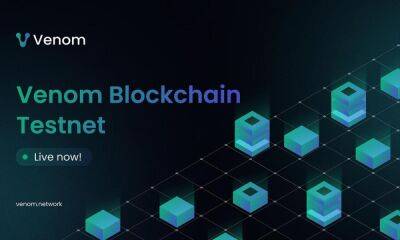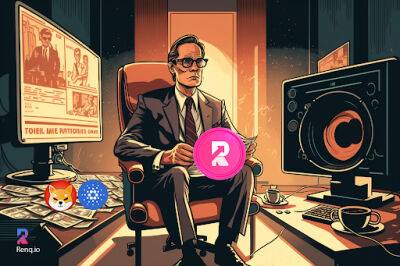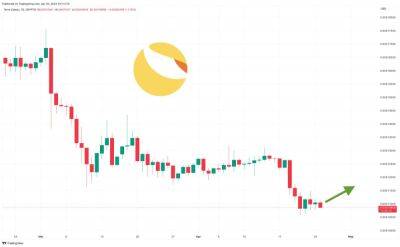Moving beyond the blockchain trilemma: L1 vs. L2
As of February 2023, over 44.15 million unique addresses have a non-zero balance of Bitcoin (BTC). While this may seem impressive, let’s face it — blockchain technology has come a long way since Bitcoin’s inception in 2009.
Bitcoin addresses with a non-zero balance. Source: Glassnode
However, as the technology continues to evolve and gain mainstream adoption, scalability remains one of the biggest challenges facing the industry. Bitcoin and Ethereum, two of the largest blockchain networks, are highly decentralized, with thousands of nodes operating on each network (17,553 nodes for Bitcoin and 7,099 nodes for Ethereum as of April 14, 2023).
Ethereum mainnet statistics. Source: Ethernodes
While this decentralization provides greater security, it also results in slower transaction speeds and scalability issues due to the significant computational resources required to maintain the continuously growing sum of nodes.
Hence, the blockchain trilemma, coined by Vitalik Buterin, suggests that blockchains can only have two out of three properties: scalability, security and decentralization. As a result, this fundamental trade-off represents a significant barrier to the widespread adoption of blockchain technology.
There are two primary strategies that have been introduced to tackle the scalability challenge: layer-1 (L1) and layer-2 (L2) solutions. While L1 solutions seek to optimize the base layer of a blockchain, L2 solutions provide an additional layer on top of the base layer to facilitate faster and more affordable transactions. Needless to say, this has sparked an ongoing battle between the two approaches as each demonstrates unique strengths and weaknesses.
Layer-1 blockchains, such as Bitcoin and Ethereum, are designed to
Read more on cointelegraph.com















